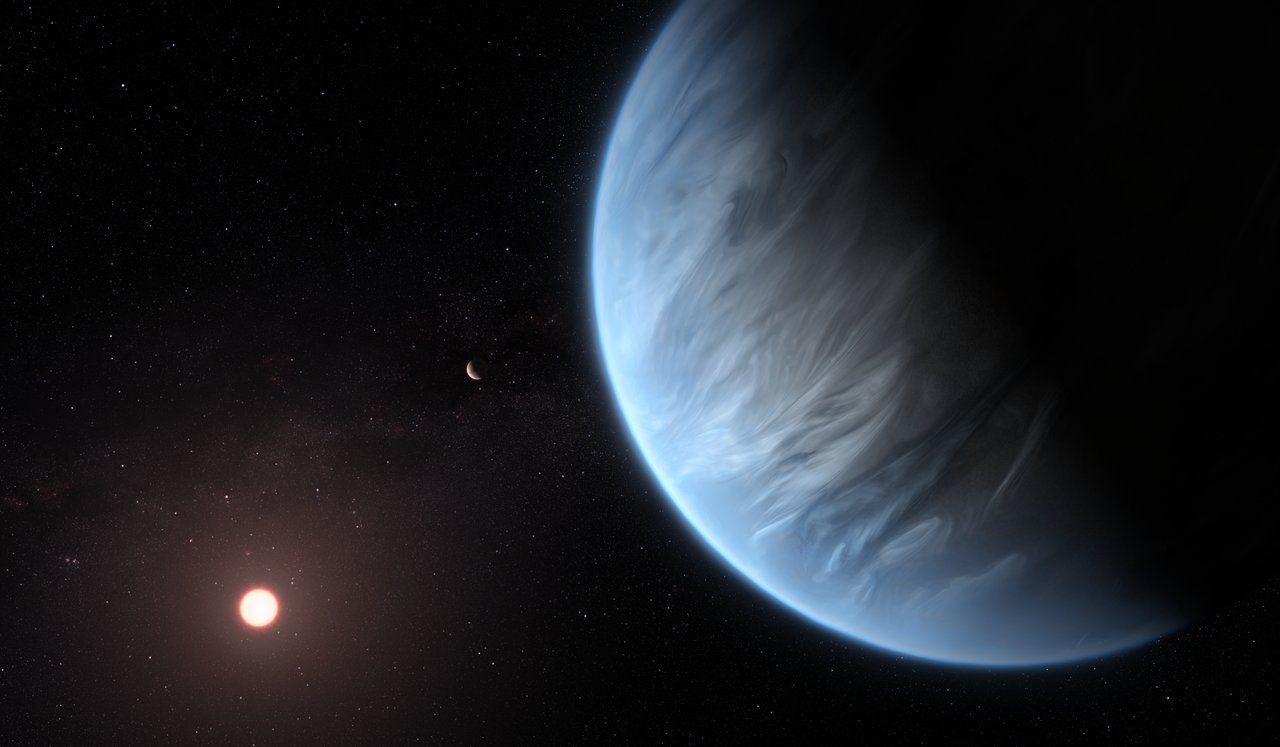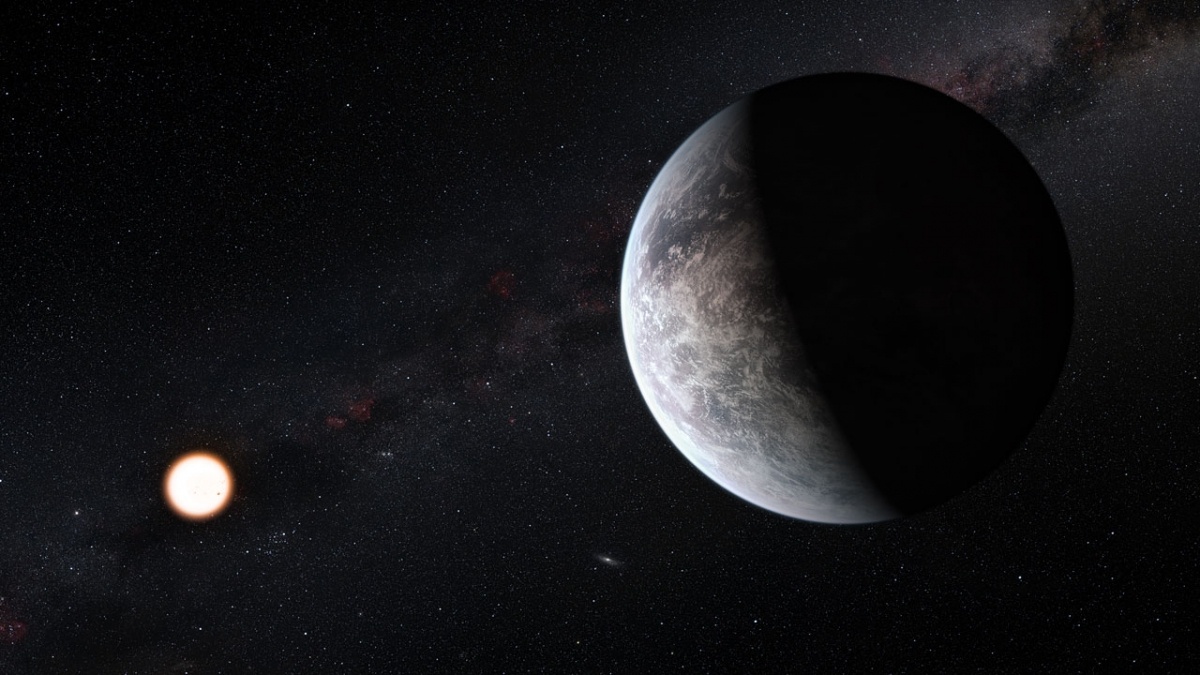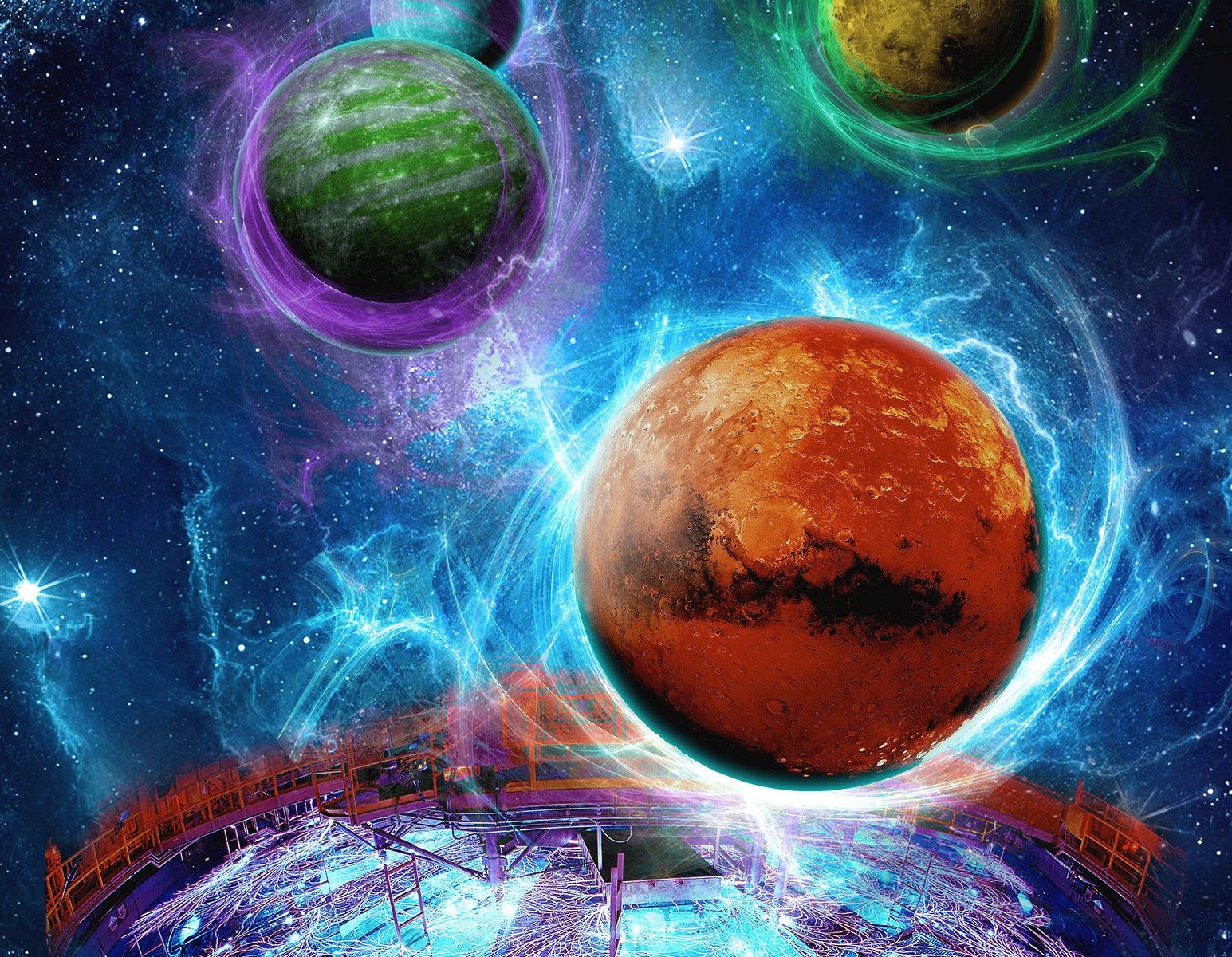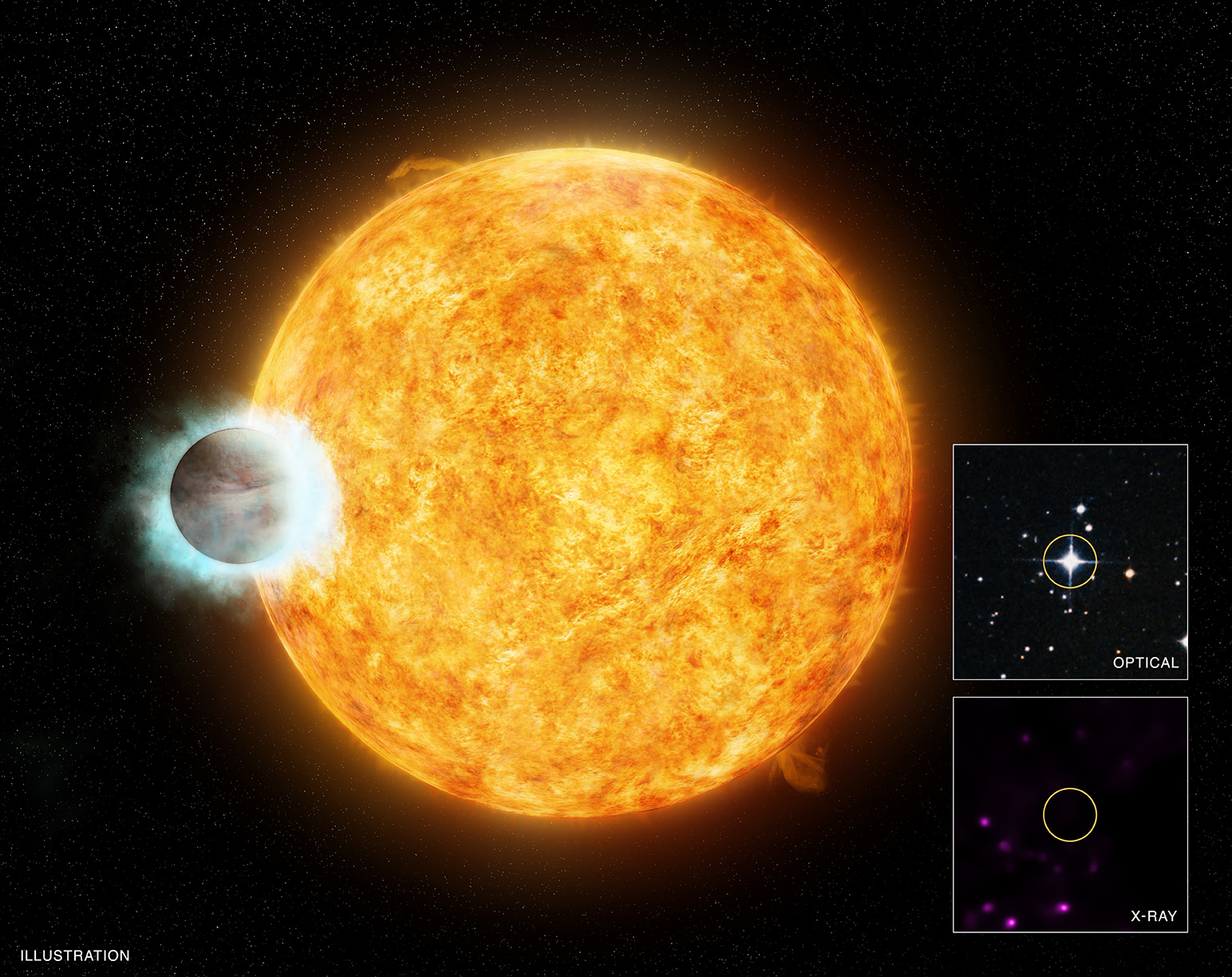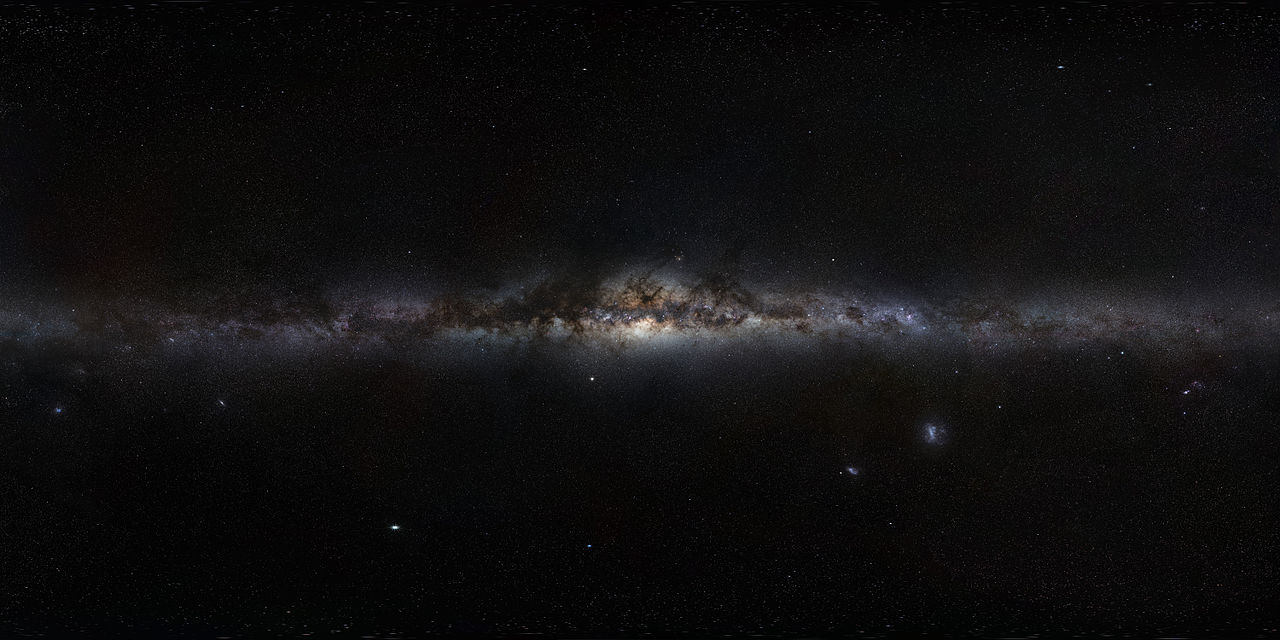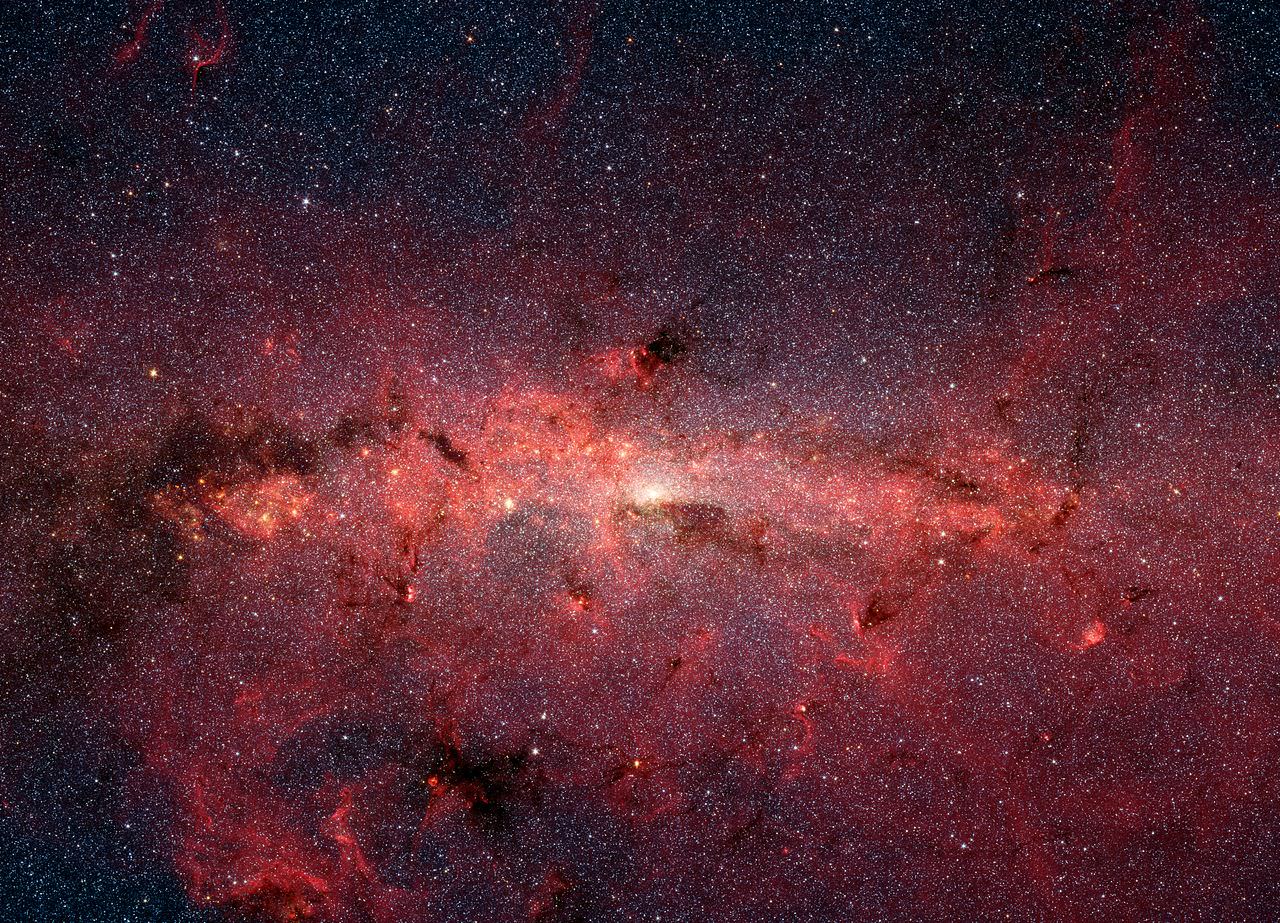In November of 2021, the James Webb Space Telescope (JWST) will make its long-awaited journey to space. This next-generation observatory will observe the cosmos using its advanced infrared suite and reveal many never-before-seen things. By 2024, it will be joined the Nancy Grace Roman Space Telescope (RST), the successor to the Hubble mission that will have 100 times Hubble’s field of view and faster observing time.
These instruments will make huge contributions to many fields of research, not the least of which is the discovery and characterization of extrasolar planets. But even with their advanced optics and capabilities, these missions will not be able to examine the surfaces of exoplanets in any detail. However, a team of the UC Santa Cruz (UCSC) and the Space Science Institute (SSI) have developed the next best thing: a tool for detecting an exoplanet surface without directly seeing it.
Continue reading “A New Technique for “Seeing” Exoplanet Surfaces Based on the Content of their Atmospheres”
